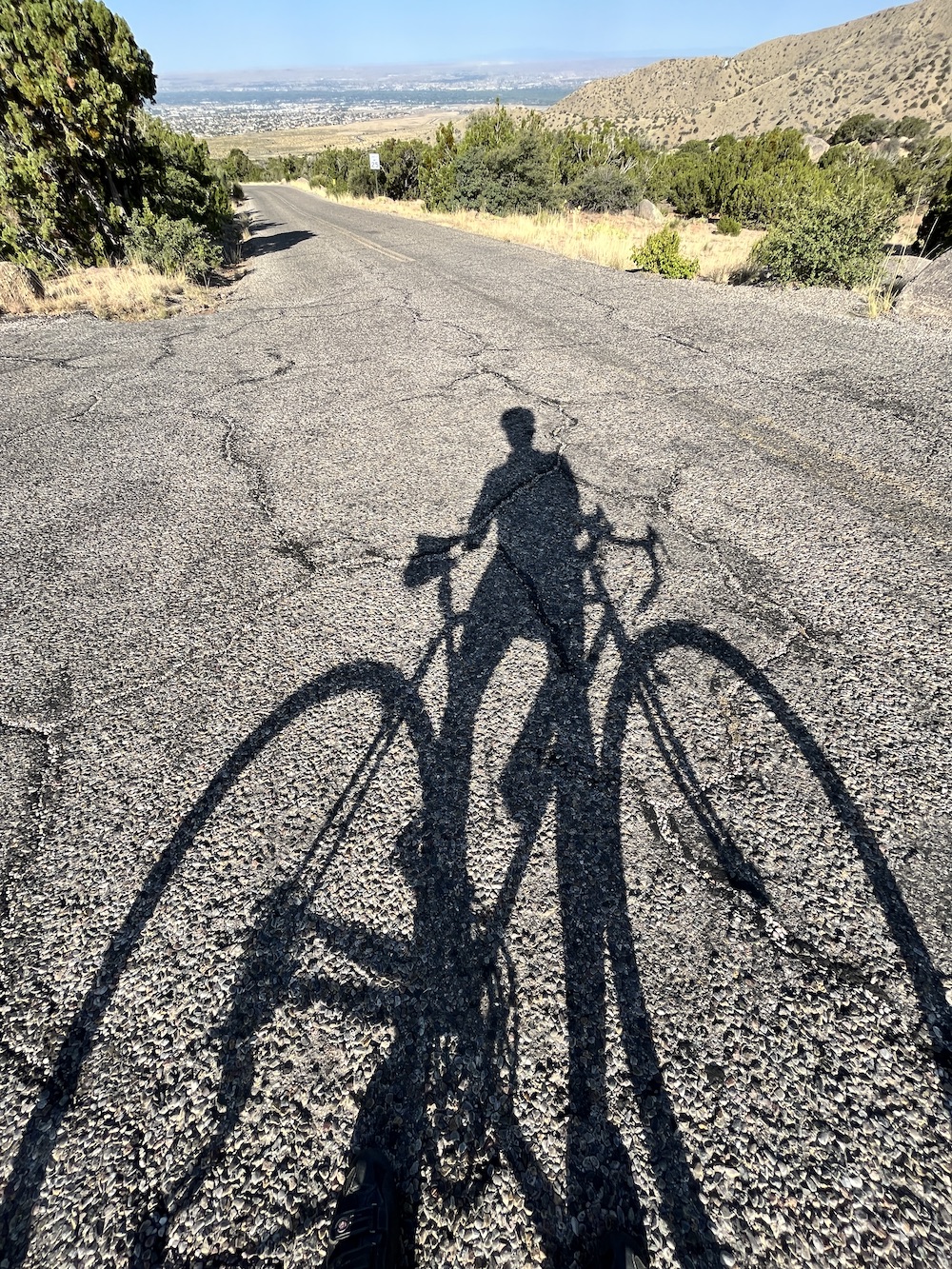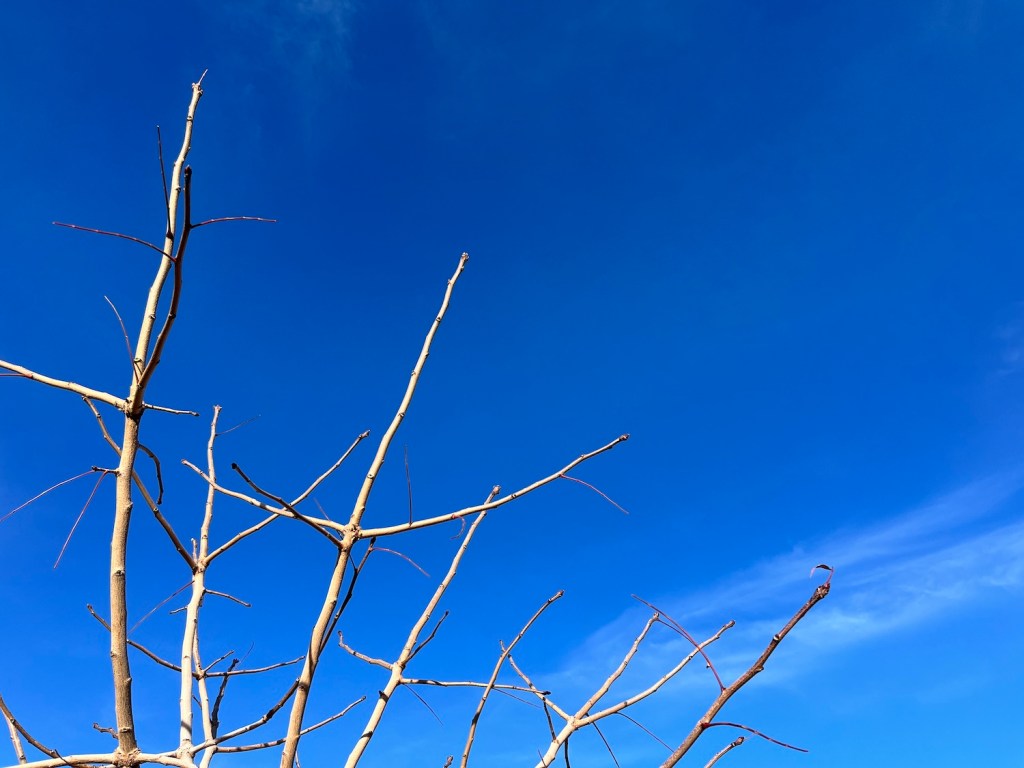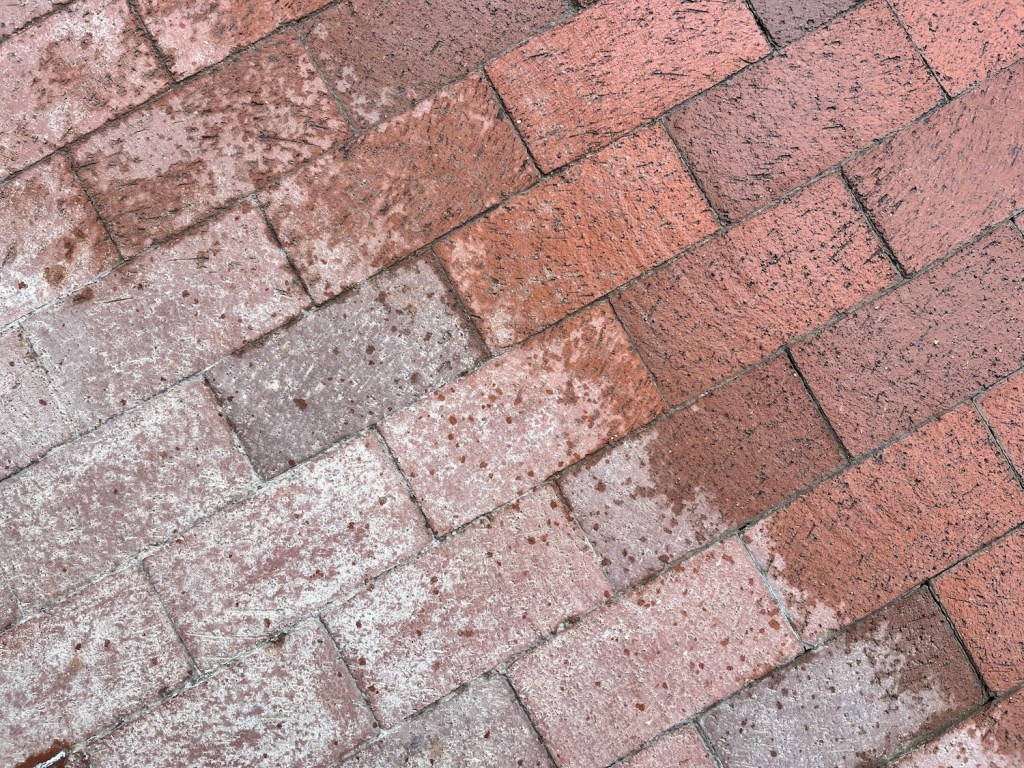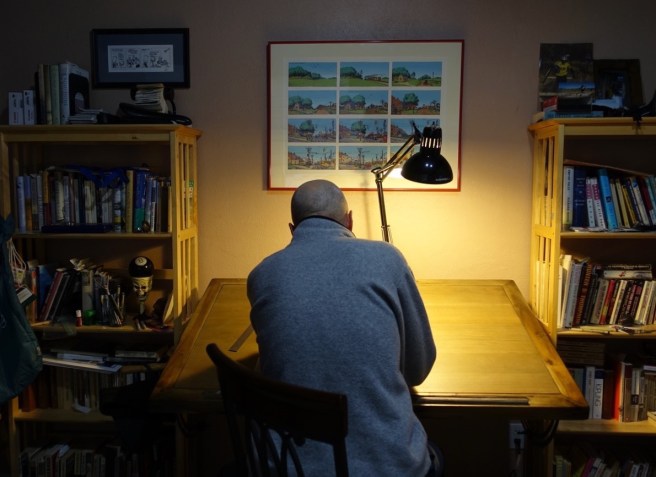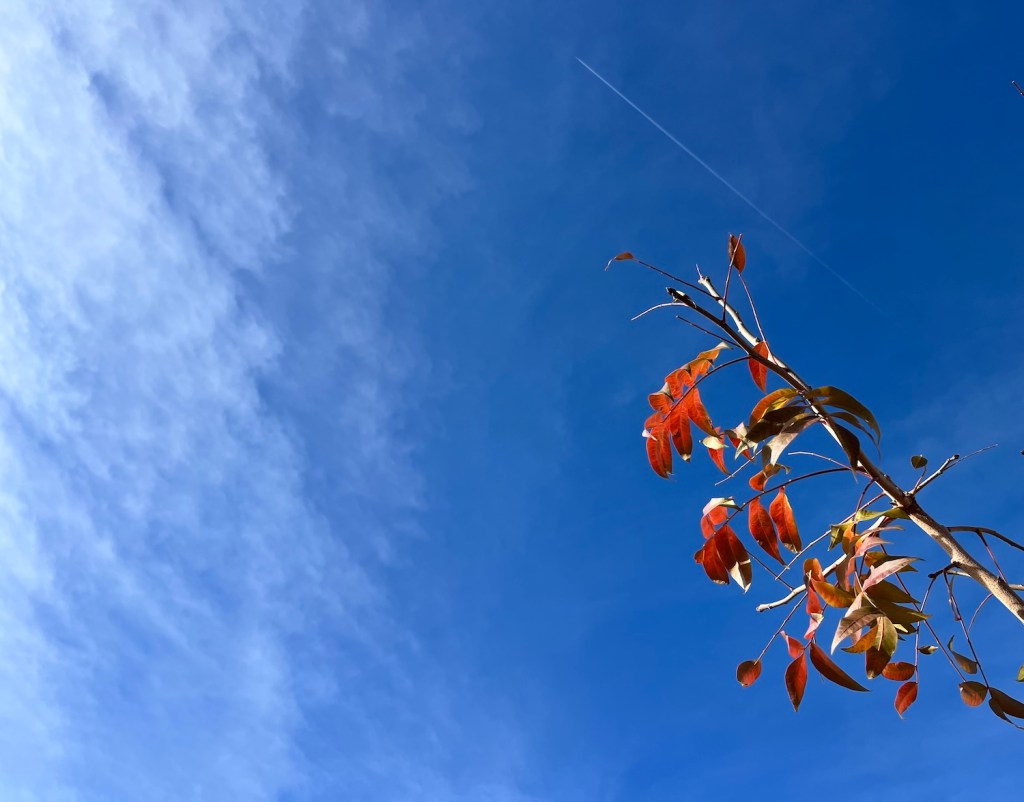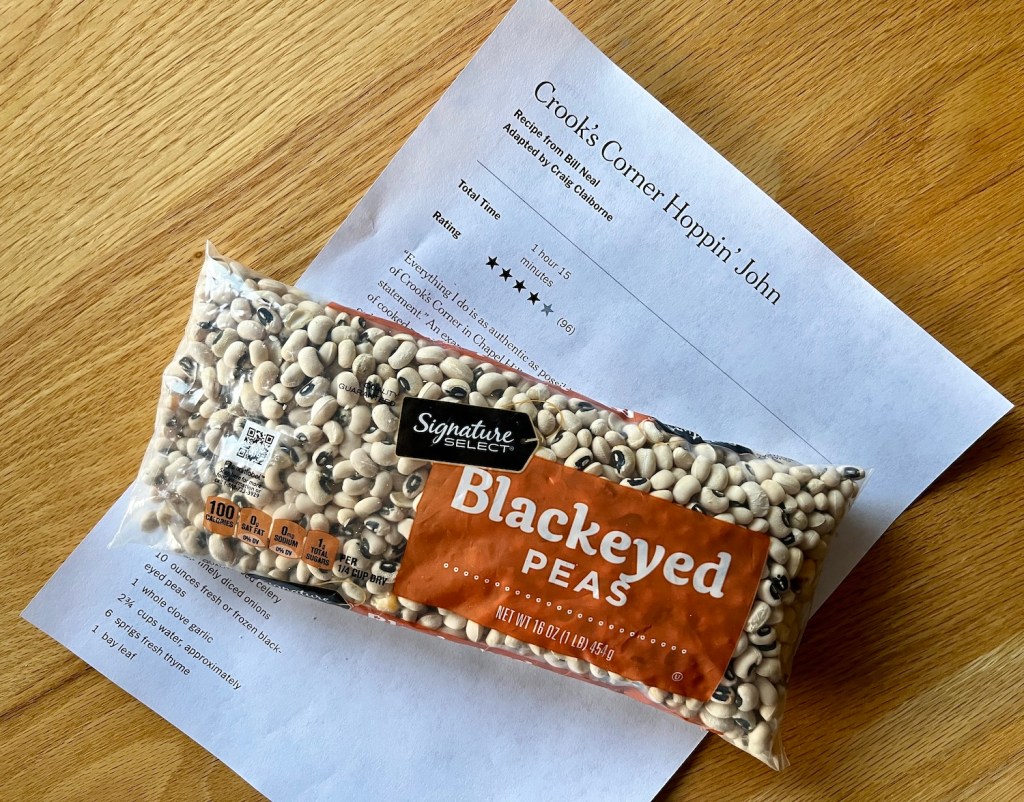
Rooting around the Innertubes for some New Year’s recipes I was congratulating myself on picking a couple of winners, both from The New York Times Cooking section, which by itself is worth the price of a subscription.
One was a simple Hoppin’ John recipe from Bill Neal of Crook’s Corner in Chapel Hill, N.C., as adapted by Craig Claiborne in 1985. The other was a jalapeño cheddar cornbread from Melissa Clark, the franchise player on my pro cooking squad.
But when I crowed about this to Herself I found she’d beaten me to the punch. She’d already found her own recipe and acquired the ingredients for it, too.
Good thing I shot off my big bazoo before heading for the grocery. We’d have been eating Hoppin’ John and cornbread from New Year’s right through St. Patrick’s Day.
Meanwhile, I had to quickly re-establish my primacy as tenzo of this zendo. Facing an economy of scarcity — a lack of fresh red grapes, which I dice up for the morning oatmeal — I displayed my resourcefulness in the kitchen, or “skillful means,” as defined by the late poet-gourmand and Zen student Jim Harrison, by locating a wrinkled honeycrisp apple in the crisper and chopping that up instead. In your face! as the sage Dogen has taught us.
Jimbo hated oatmeal. But he’s dead and didn’t have to eat any of it.
